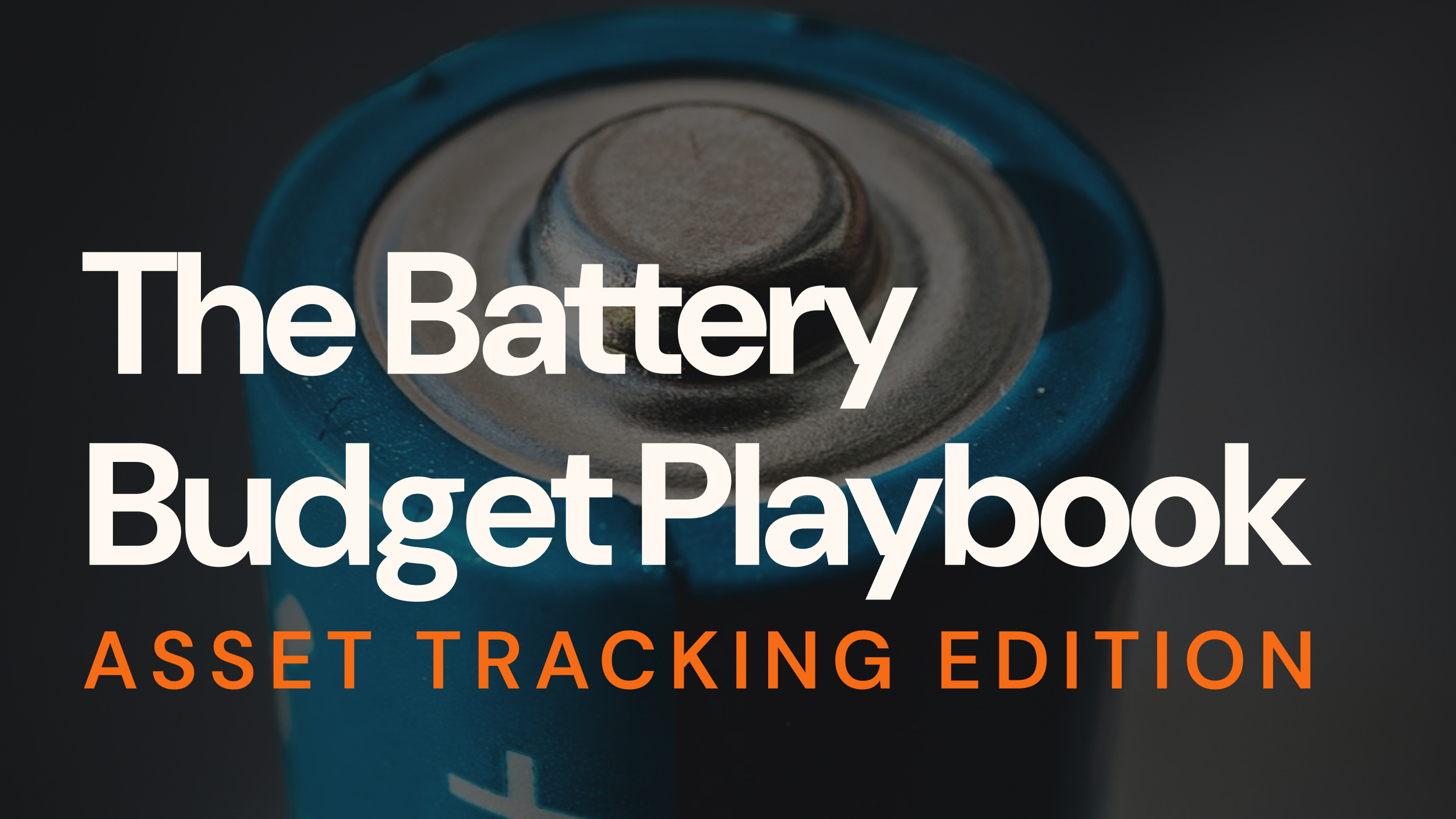Micromobility is a particularly interesting use-case for the Internet of Things (IoT) and one that has vast upsides for cities striving to meet vital climate goals.
Whether you are in PoC, have started your micromobility service in one city, or you’re an established global player, all micromobility services face the same problems of trying to improve unit economics and scalability.
Unfortunately, standard rigid connectivity practices are not fit-for-purpose for such a rapidly evolving industry.
As a cellular IoT connectivity provider, we have first-hand experience of how to help micromobility providers bring their products to the market quickly and scale sustainably.
Improving the unit economics of micromobility
Getting the economics of micromobility right has always been a challenge.
2019 was an optimistic year for many players in the micromobility industry, but the global pandemic has made the struggle for profitability even harder. According to McKinsey, “with the number of passenger-kilometers traveled declining 50 to 60 percent worldwide since the onset of the COVID-19 crisis, use of micromobility solutions has declined dramatically.”
A key measure of success for the industry is unit economics (the cost to revenue ratio per unit). Hardware, maintenance, insurance, and connectivity all put pressure on the cost side. Consider the below example from entrepreneur Michael Babich.

According to the above calculation, it takes 43 days for a scooter to break-even.
While these numbers might not be 100% accurate, they provide great food for thought. Will scooters and bikes last long enough to reach break-even? What if they become prematurely unavailable due to hardware, software or connectivity issues? How about the risk of public liability issues?
To improve their chance of success, micromobility businesses need to innovate constantly and at speed. Finding ways to increase longevity, the number of rides per scooter, the number of rides between charges, and eliminating unnecessary overheads are vital.
Strong fleet management
In our experience, sustainable profits are achieved when micromobility services effectively manage their fleet of vehicles. Here are some examples of how a connectivity provider can help with fleet management.
Reliable GPS and security
One important part of improving fleet management is reducing theft through GPS and smart security solutions, adapting to changing security demands within the market with OTA updates, and being flexible enough to follow evolving regional regulations.

Software updates
Micromobility businesses also need a way to send software updates to vehicles even after they’ve been deployed – otherwise, they risk vehicles being recalled, which at scale is costly.
A value-driven pricing model
Finally, a value-driven cost structure is necessary for the longevity of a micromobility business. Unnecessary costs – like connectivity fees on unused vehicles, and excessive data transmissions, for example – can all lead to high expenses, without adding any value to your service.
Scaling at Speed
A vital and often overlooked part of regional and global scaling is connectivity. You can read a full discussion on essential factors to consider before starting an IoT project here.
Without a scalable network provider, you risk having to switch hundreds of micromobility vehicles to a new network after they’ve already been deployed. Something that generally requires physical access to the device itself.
A scalable network should be able to support a growing fleet of vehicles and a global map of locations.
Why? Because as your fleet grows, it is sure to expand beyond the initial cities you first deployed vehicles in. Choosing a global solution from the start will ensure that you never outgrow your connectivity provider.

Cellular IoT connectivity is an ideal solution for global expansion. Cell towers are already deployed globally, and commercial agreements exist amongst operators to enable global coverage.
According to Erdem Ovacik, co-founder and CEO of Donkey Republic, they managed to establish themselves as a global player within six years thanks to “a strong foundation based on providing as little friction as possible to both users and cities which in turn allows us to start up in new cities within as little as one month.”
That said, finding the right cellular IoT solution can be difficult. It’s a varied space with vastly different benefits amongst players, big and small.
As you can see in the video above, a full MVNO that has integrations with RANs in multiple countries improves your ability to scale.
Creating a trusted micromobility brand
micromobility services already have a negative image by portions of the public in certain cities because of how they are driven, where they are left when not in use, and the faceless nature of the services.
Brands can combat these negative images by implementing solutions that benefit their riders and everyone in a city.
Designing safe experiences for riders can include education, better equipment, and the use of IoT technology (e.g. Super Pedestrian’s Pedestrian Defense system) to reduce the perceived danger of micromobility vehicles.
Navigating regional regulations as a connectivity provider has taught us that another way to improve the image of your service is by creating positive relationships with city officials.

Complying with regulations or suggesting new ones can help you gain positive brand sentiment. Being seen as a collaborator with a city will imbue trust in consumers and make it much easier to deploy in other cities, too. Donkey Republic has a good article on the principles that make a good bike-sharing service which goes further into this topic.
So, the key takeaway here is to build a city-friendly brand that collaborates with communities rather than disrupts them.
Onomondo: A reliable connectivity provider
If you’re looking for a reliable connectivity partner for your micromobility business, consider partnering with Onomondo.
Here at Onomondo, we offer a flexible connectivity solution that has been designed specifically with IoT in mind. So, unlike other traditional cellular networks – which have instead been created to service cell phones first and IoT second – Onomondo’s connectivity can scale with your business seamlessly.
A smart network
With Onomondo, you’ll have complete control over your connectivity and data transmissions.
Our in-depth management solutions and API allow you to set up your network however you like, and offers you the ability to control when and where your data is being sent. This, in turn, reduces the amount of data being transmitted – saving you in overhead expenses and increasing device battery life.
What’s more, you can also update information like data location and encryption on the network end, so your devices, conveniently, won’t need to be updated for either of these changes to be made.
Moving features like encryption to the network end of your micromobility service also allows you to cut down on development needs, saving expenses when it comes to engineering and debugging.
All-in-all, keeping device logic simple can lead to longer-lasting vehicles.
Value-based pricing
Connectivity can quickly become one of the larger running expenses in a micromobility business, with traditional pricing structures often including recurring fees — even for devices that haven’t used any data during the payment period.
Providing an alternative to this, Onomondo offers a pricing model that reflects the value that you actually receive from the data transmissions — not charging for access or other overhead fees.
Rather than charging any flat or recurring fees, Onomondo only charges for the data your devices use. This helps to create a more predictable and fair pricing structure than most other network providers and allows you to scale seamlessly with the growing success of your service.
A global solution
Lastly, Onomondo offers a global solution, which is key to any micromobility business.
Unlike regional connectivity providers, Onomondo offers a solution that keeps your devices connected, no matter where they’re deployed or where they travel to. We have over 700 network partners across more than 180 countries. This means that you’ll never outgrow our networks; you can deploy as many devices in as many locations as you like.
We also offer permanent roaming as a standard, so you won’t encounter dark zones and dropped connections regardless of where you take your service.
Conclusion
In short, launching a micromobility business requires careful consideration of several different factors.
And if you’re interested in streamlining your service and expediting growth, consider partnering with us at Onomondo for a global, flexible, and genuinely reliable connectivity solution.






